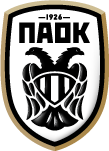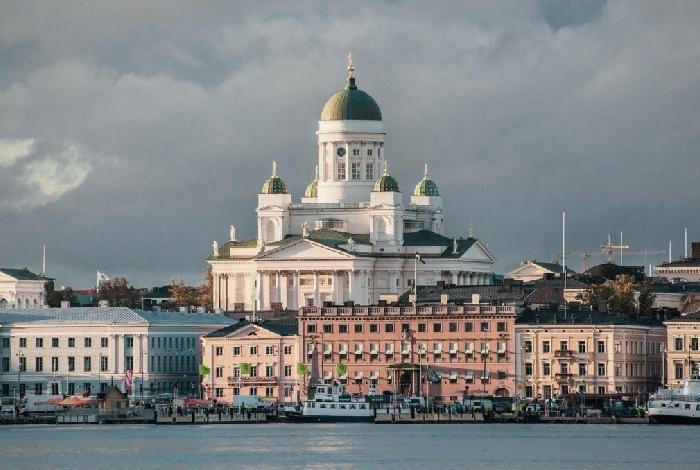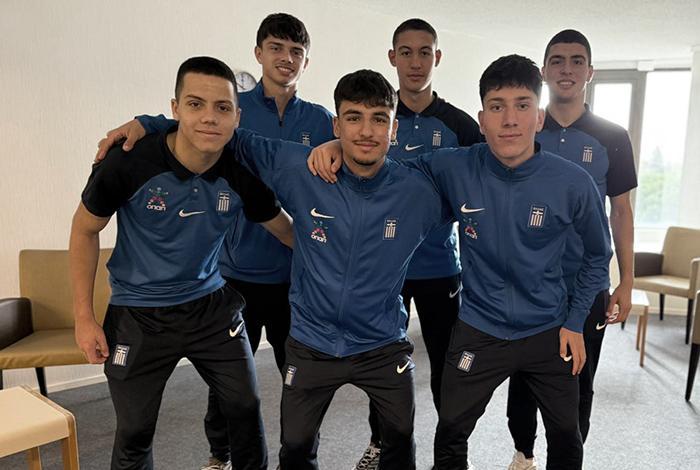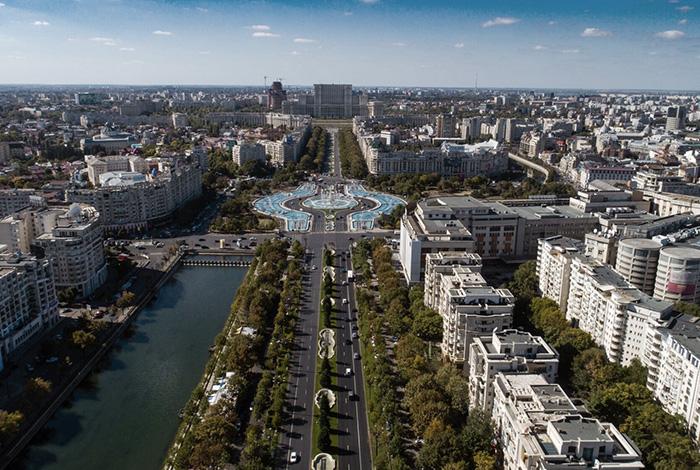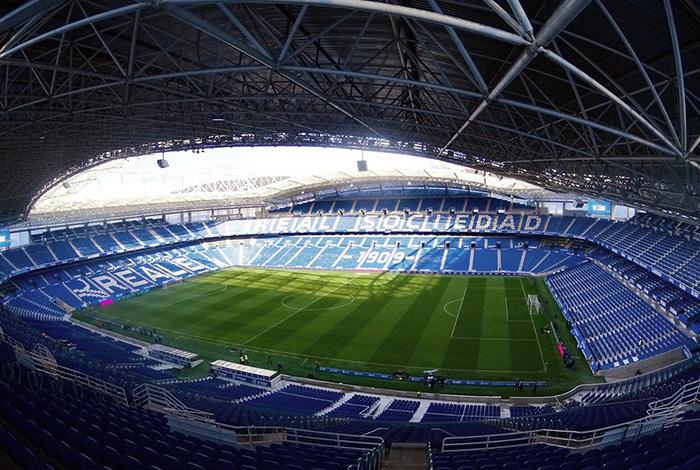Helsinki: Urban sophistication and tranquility
The peculiar urbanism – an apotheosis of tradition and modern architecture – together with its peaceful nature, give Helsinki a uniqueness of refinement and tranquility, or if you like happiness, according to social and economic indicators. Helsinki has long, dark nights, buildings of high aesthetic, oases of green, and an intense wet element, but above all, a high quality of life.
The capital of Finland, the city is built on the Gulf of Finland (part of the Baltic Sea), around a bustling but atmospheric harbor, and its population is approximately 1.2 million.
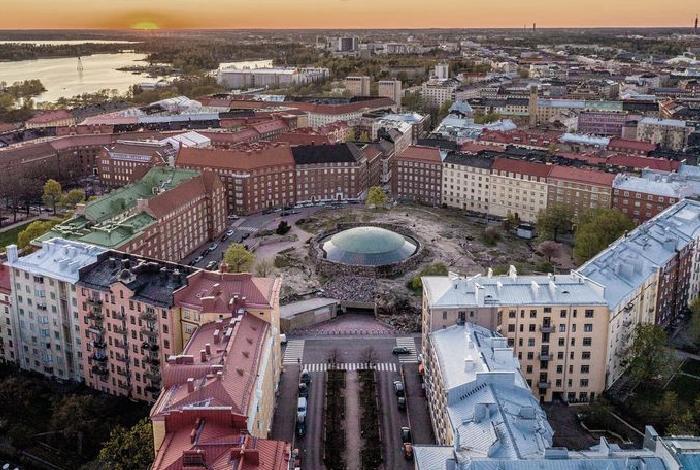
- Going for a walk in the city’s parks are a beautifuk experience. And of course, there are wonderful parks and gardens everywhere. Esplanadi Park, Kaivopuisto, Talvipuutarha, the list goes on…
- A symbol of the city, the Helsinki Cathedral was built between 1830-1852 and was a tribute to the Grand Duke of Finland, Tsar Nicholas I of Russia. About 500 meters away from the cathedral, one can admire the impressive Uspensky Orthodox Church. The Kamppi small chapel of modern aesthetics and design was designed as a place of contemplation. The Temppeliaukion temple, which is a cave with a dome made of copper, also features a special design. Concerts are also held here!
- Sibelius Park is dominated by the Sibelius Monument, a work of over 600 steel pipes, in honor of the great composer Jan Sibelius (1865-1957).
- A UNESCO heritage site is also here, the castle on the island of Suomenlinna, which can be reached by ferry. It departs every 10 minutes from the pier at Market Square and is only 20 minutes away. The wonderfully well-preserved castle has stood there since the mid-18th century, when Finland belonged to the Kingdom of Sweden.
- Visit the Kiasma Museum of Contemporary Art located in the Mannerheimintie district and it is, if nothing else, a brilliant example of futuristic architecture.
- The building of the Helsinki Central Railway Station, from which trains depart for the whole country, as well as the airport trains, is beautiful.
- Almost every home has a sauna, a tradition deeply rooted in Finnish culture (over 3,000,000 across the country). The public ones are open to everyone, they are economical, and they work in both winter and summer. Don’t think of leaving Helsinki without visiting the Merihaka and Hermanni area. You will find an infinite number of them there! The ideal thing to do, of course, would be a dip in a frozen lake and then a sauna.
- You must also try mackerel and salmon. In soup, in sandwiches, cooked in the oven with various sauces and forest fruits. Helsinki’s old market at the tourist port, Vanha Kaupphalli, is worth a visit. Among others, you will also enjoy traditional dishes and street food.
- After September 23rd, the sun descends below the horizon of the North Pole and then the «polar night» begins, which lasts until March 21st. The closer to the North Pole, the longer it lasts. For example, at the northern tip of Finland the continuous night lasts 73 days, and at the Arctic Circle (Rovaniemi), for twenty-four hours.
- Finland is not one of the so-called Scandinavian countries, of which there are three, Denmark, Norway and Sweden. Finland, together with the Nordic countries, Iceland, the Faroe Islands, Greenland and the autonomous region of Åland, make up the so-called Nordics.
- The «Land of 1000 Lakes» has an area approximately three times the size of Greece, its population is approximately 5.5 million inhabitants, its territory is mainly covered by endless forests of large coniferous trees (taiga or boreal forests), while 11% of Finnish territory is covered by the approximately 180,000 lakes on record.
HJK Helsinki
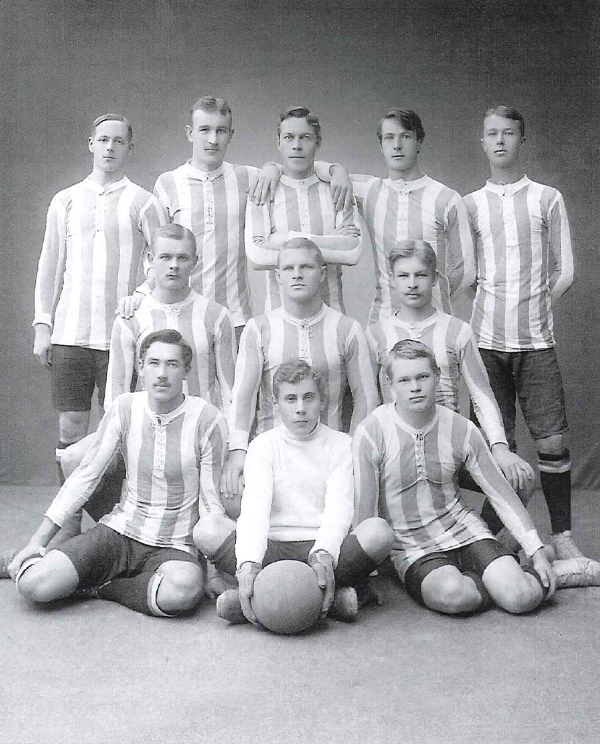
The most successful team in Finland, based on titles won, will face PAOK in the premiere of the Conference League group stage. HJK Helsinki (just HJK in Finnish, i.e. Helsingin Jalkapalloklubi), has won 32 championships, 13 Finish Cups, five League Cups, and is the only team in the country to have managed to play in the group stages of the Champions League. This was in the 1998-1999 season, when it collected five points, but however ending up in last place in its group.
Despite a poor start to the season, which saw coach Koskela sacked and replaced by assistant manager Toni Korkeakunnas, Helsinki qualified for the group stage of a European tournament for the third consecutive season. Shortly before hosting PAOK, after all, Helsinki won the final match against Inter Turku (16/09, 2-0) in the play offs of the championship, and so finishing in top spot.
- Helsinki were founded by Fredrik Vatchen in 1907. The founding meeting was held in a bowling alley. Initially the team became popular among Finnish-speaking students, while Swedish-speaking ones preferred to play mainly for Unitas or HIFK.
- Helsinki has always had broad support among the city’s Finnish-speaking, prosperous middle class. After all, before the 1970s, the group was also known as Töölöan due to the fact that most of their activity took place in that area. In recent decades, however, the club’s old image as a prosperous, middle-class club from Töölö has largely disappeared due to social changes in Finland, as well as immigration.
- During World War II, Helsinki lost 22 of its team who were serving in the military.
- The 2009 season was the start of an important streak, as it led to six straight league titles from 2009 to 2014.
- They are the only Finnish team to have participated in the group stage of the Champions League. In 1998 they beat Metz in the play-off round to secure their place in the following season’s competition. They have also featured twice in the Europa League group stages, in 2014-15 and 2022-23 respectively, and twice in the Conference League.
- The great Jari Litmanen retired from the game in 2011 as a champion in a Helsinki shirt.
- The club’s highest score in European competition came in the 2011–12 season, with a 13–0 aggregate victory over Welsh champions Bangor City, which included a 10–0 home win.
- Many of Finland’s most successful players have played for Helsinki before moving abroad. The club is also particularly successful in the women’s league.
- Helsinki wear blue and white kits. The club crest has remained untouched for nearly a century and has undergone only a minor font change to modernize it.
Bolt Arena
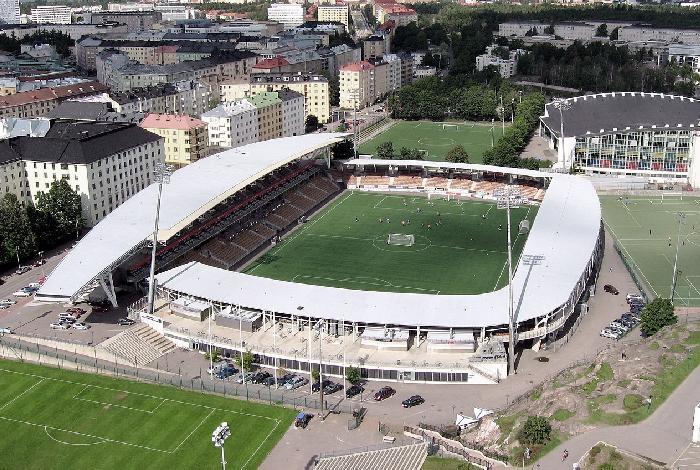
Helsinki’s current stadium, the Bolt Arena, was inaugurated in 2000. It has a capacity of 10,770 spectators. Originally it had natural grass, but it was soon replaced with artificial grass because the grass didn’t …thrive in the little sunlight that the city has. It is located next to the Helsinki Olympic Stadium. It is also used for some friendly matches of the Finnish national team, while it also hosted the Under-17 World Championship in 2003.
- In this stadium, on November 15, 2019, the Finnish national team managed to qualify for EURO 2020 for the first time in its history, beating Liechtenstein 3-0.
- The dimensions of the pitch are 105 × 68 m. and it also has undersurface heating.
- There are discussions to increase the capacity to 25,000.
